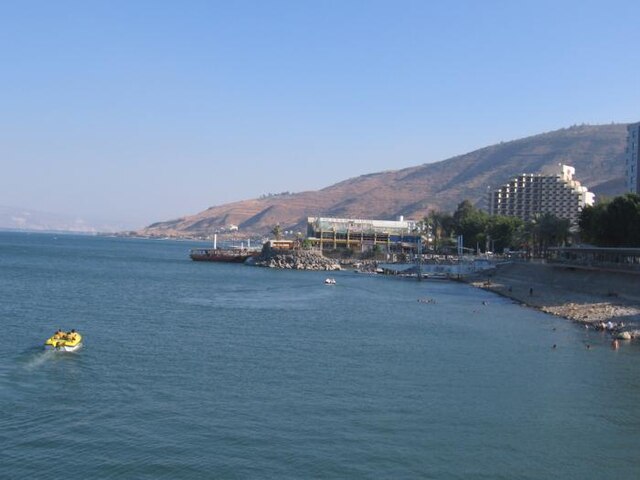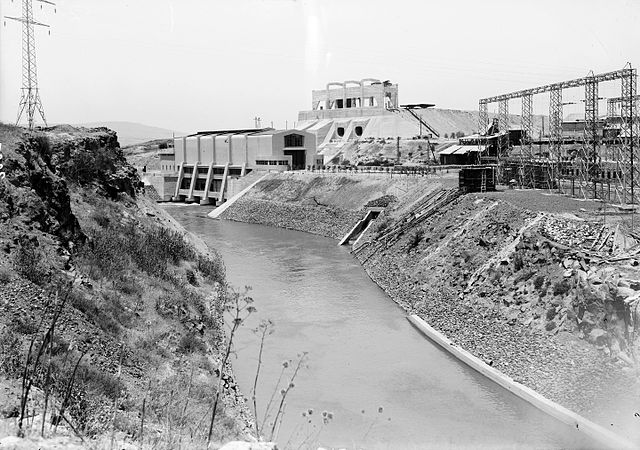Jordan Valley Unified Water Plan
The Jordan Valley Unified Water Plan, commonly known as the "Johnston Plan", was a plan for the unified water resource development of the Jordan Valley. It was negotiated and developed by United States Special Representative Eric Johnston between 1953 and 1955, and based on an earlier plan commissioned by United Nations Relief and Works Agency for Palestine Refugees in the Near East (UNRWA). Modeled upon the Tennessee Valley Authority's engineered development plan, it was approved by technical water committees of all the regional riparian countries—Israel, Jordan, Lebanon and Syria. Though the plan was rejected by the Arab League, both Israel and Jordan undertook to abide by their allocations under the plan. The US provided funding for Israel's National Water Carrier after receiving assurances from Israel that it would continue to abide by the plan's allocations. Similar funding was provided for Jordan's East Ghor Main Canal project after similar assurances were obtained from Jordan.

Banias waterfall, Golan Heights
Flood waters exiting from the Yarmuk reservoir to the Yarmuk river, 1933
Lake Kinneret, Israel
The Jordan Valley forms part of the larger Jordan Rift Valley. Unlike most other river valleys, the term "Jordan Valley" often applies just to the lower course of the Jordan River, from the spot where it exits the Sea of Galilee in the north, to the end of its course where it flows into the Dead Sea in the south. In a wider sense, the term may also cover the Dead Sea basin and the Arabah valley, which is the rift valley segment beyond the Dead Sea and ending at Aqaba/Eilat, 155 km (96 mi) farther south.
Jordan Valley
The Sea of Galilee. At its southern tip (right side) the Jordan River exits the lake and enters the Jordan Valley.
Rutenberg power plant, circa 1933
The Jordan salient, 5–7 June.







